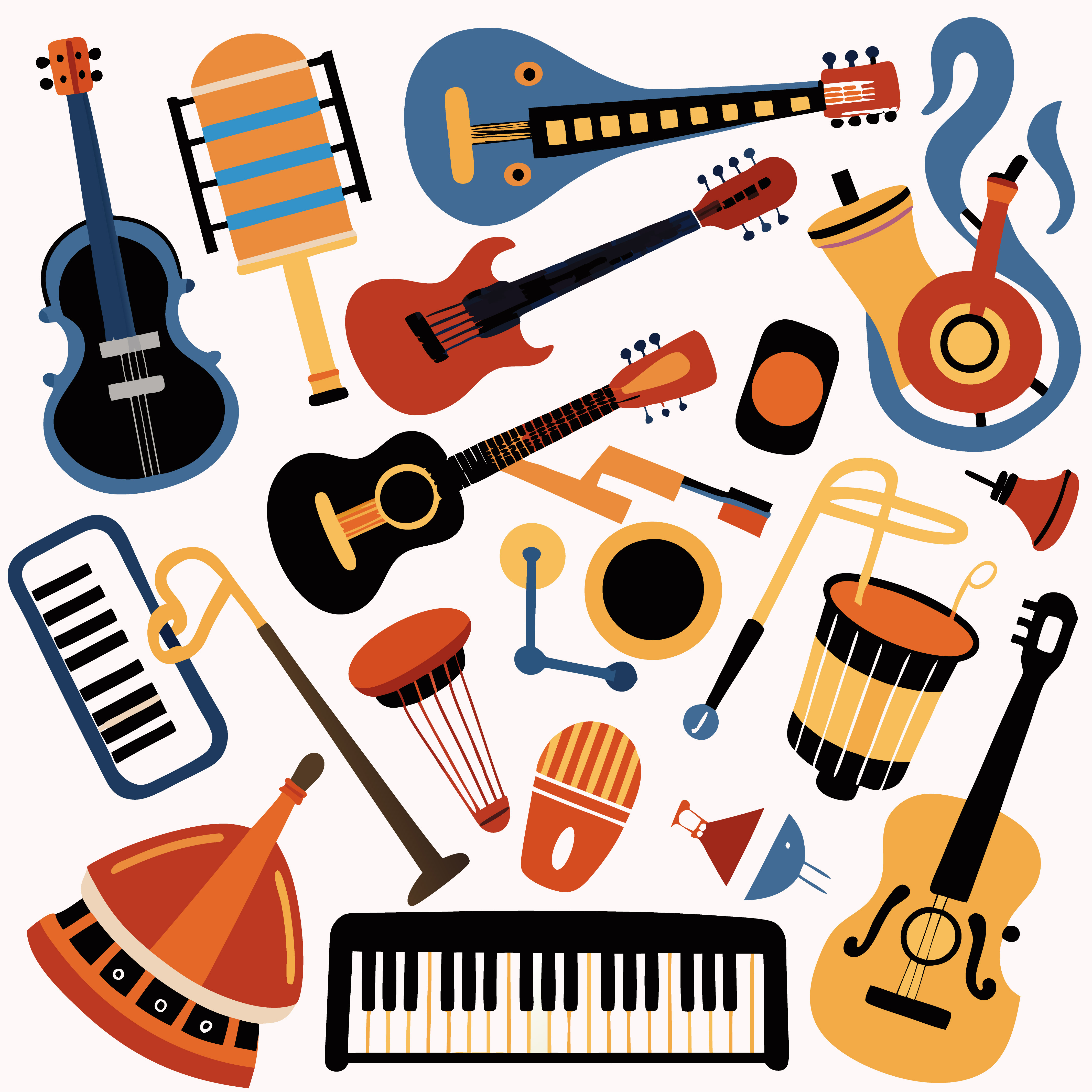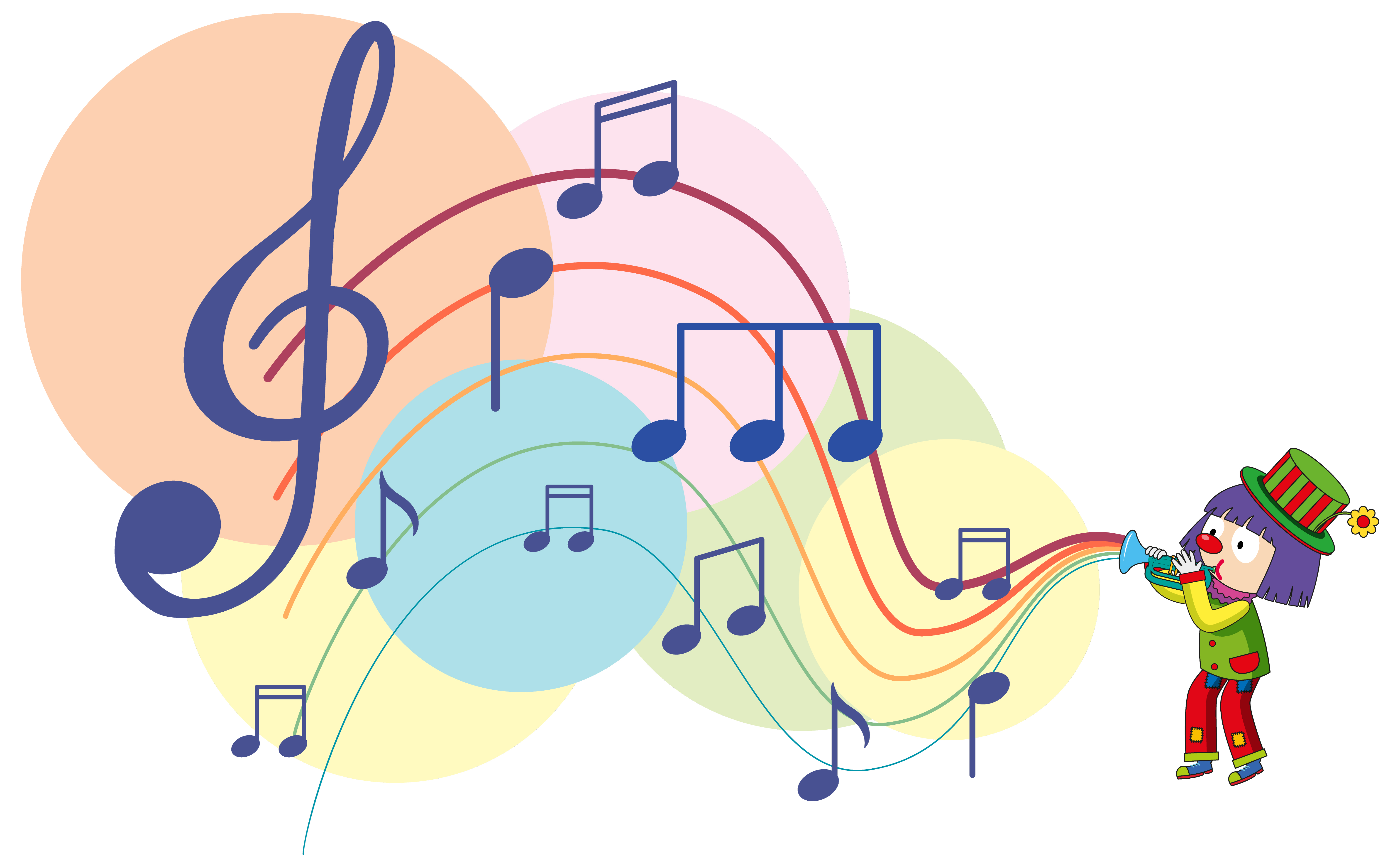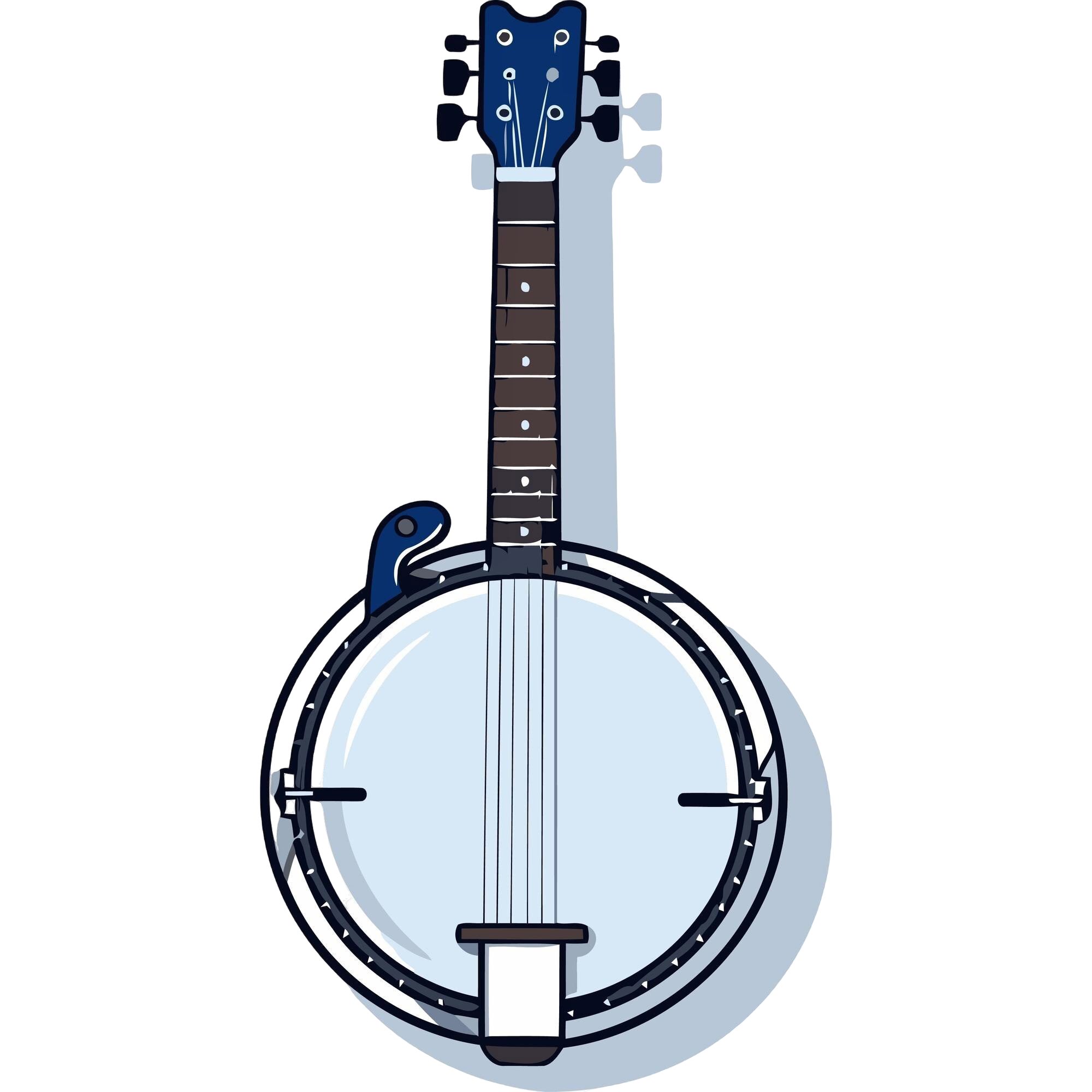As you have probably found out, in the audio file you could hear musicians tuning their instruments with their orchestra before an important performance. You heard string and wind instruments; together with keyboard and percussion instruments, they form four major groups among the instruments (although these can be further subdivided). Now read the information about the groups:
String instruments
String instruments produce sound by vibrating strings, either by bowing, plucking, or striking. They come in various shapes and sizes, from the violin to the double bass. The guitar, a popular string instrument, is versatile and used in many music genres like rock, jazz, and classical.
Wind instruments
Wind instruments generate sound from the flow of air. They are divided into woodwinds and brass instruments. The flute is a notable example of a woodwind instrument, known for its light, airy sound. Musicians blow across a hole to produce notes, making it unique among wind instruments.
Keyboard instruments
Keyboard instruments have keys that, when pressed, produce sound through strings or electronic means. The piano is a classic example, offering a wide range of dynamics and tones. It's used in various musical genres, from classical to pop, and is a fundamental tool for composers and performers alike.
Percussion instruments
Percussion instruments create sound through striking or shaking. They keep the rhythm and add texture to music. Common examples include drums, tambourines, and maracas. The drum set is a staple in modern music, often seen in rock and jazz bands. Percussion is essential in orchestras too.









